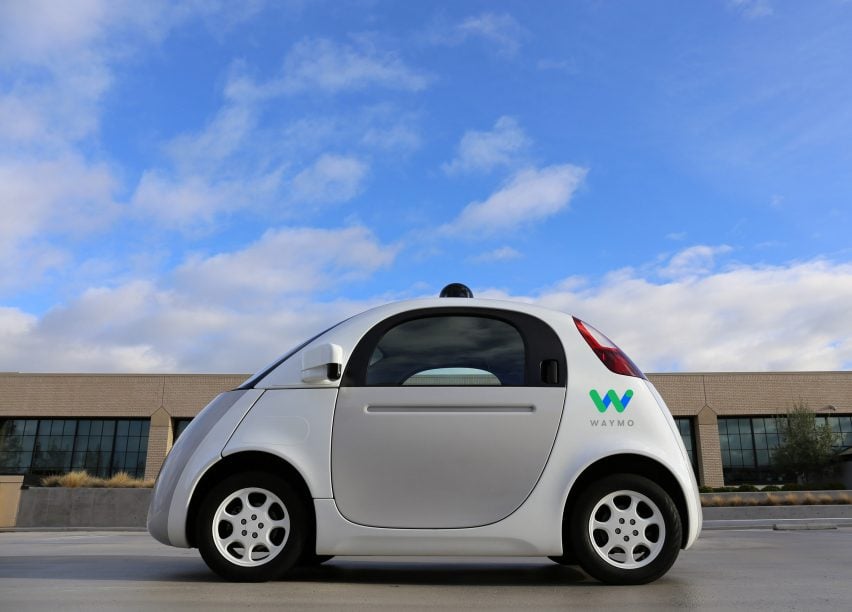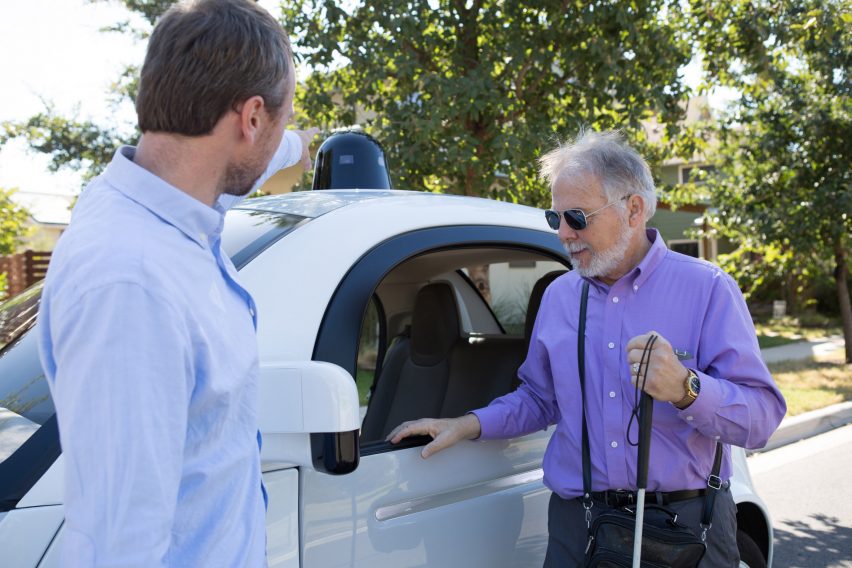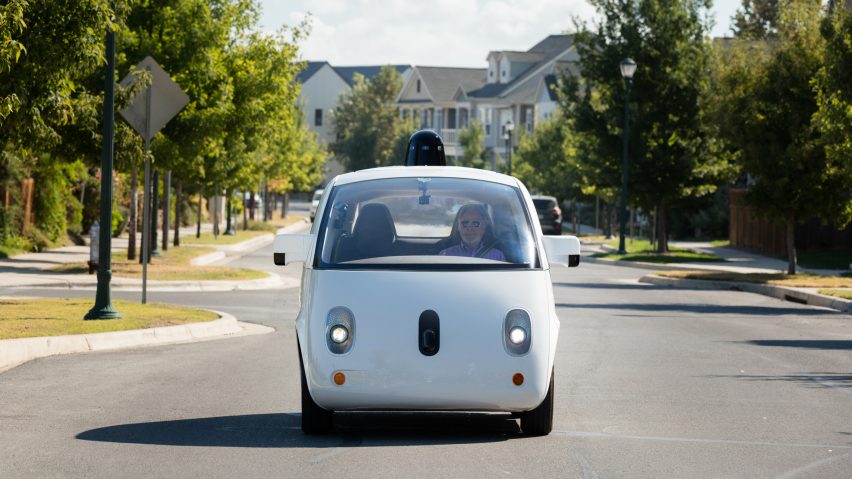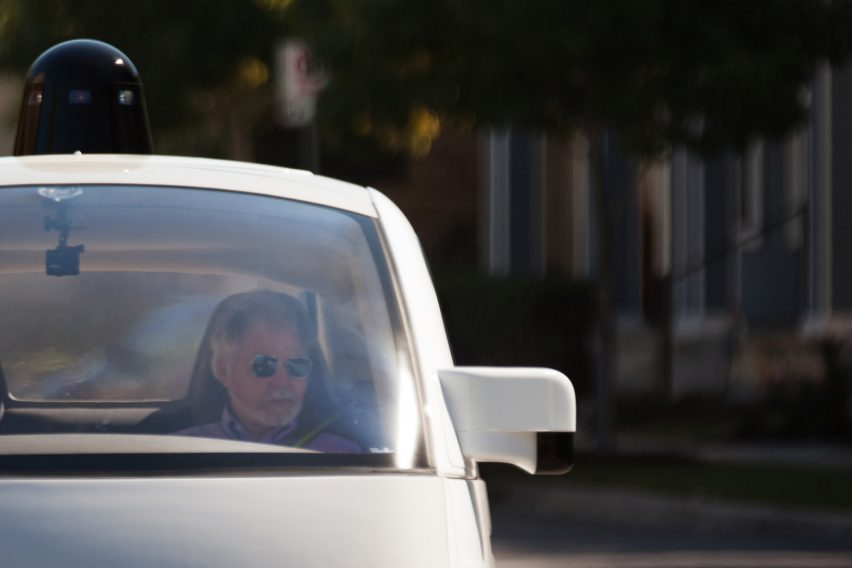Google spins off self-driving car project into separate company Waymo
Google has announced that its self-driving car project will continue life as a separate entity called Waymo.
Google's announcement follows reports yesterday that the company had shelved its autonomous car plans in favour of partnerships with other vehicle companies.
While the project will in fact continue, it will do so as a separate business called Waymo, a subsidiary of Google's parent company, Alphabet.

The move was billed as one that would enable Alphabet to turn the technology into products and services.
"As a standalone business, our goal is to commercialise this technology and build products that can help millions of people," said Waymo. "One of our next steps will be to let people use fully self-driving cars to do everyday things like run errands or commute to work."
The company will not pursue a vehicle of its own creation, however. In a blog post on Medium, Waymo CEO John Krafcik said the company would explore various other applications of its technology.

"We can see our technology being useful in personal vehicles, ride-sharing, logistics or solving last mile problems for public transport," he said. "In the long term, self-driving technology could be useful in ways the world has yet to imagine, creating many new types of products, jobs, and services."
Google had in 2015 announced that it was holding discussions with some of the world's biggest automotive manufacturers in an attempt to bring self-driving cars to market by 2020.

A partnership between the tech giant and Fiat Chrysler was confirmed in May this year, with the two companies said to be building 100 autonomous Pacifica minivans.
The development comes as the race towards self-driving cars picks up speed. Uber is today launching its driverless taxis on the streets of San Francisco, while Apple has recently acknowledged for the first time that it is investing in autonomous car technology.
Another pioneer of the technology, Tesla's Elon Musk, has previously said that driving is too dangerous for humans and will be outlawed as soon as self-driving cars are proved to be safer.

Google claims to have spent the equivalent of 300 years of driving time testing its prototypes on the road since 2009.
This included the first fully self-driven car ride in October 2015, the company has now revealed. Steve Mahan, a member of the public who is legally blind, rode in the Google prototype for 10 minutes around Austin, Texas, with no steering wheel and no other human on board to intervene.
Google has been through highs and lows with its self-driving car prototype since unveiling it in 2014. Its autonomous system became the first non-human recognised as a driver in the US, but soon after, one of its vehicles collided with a public bus in California.